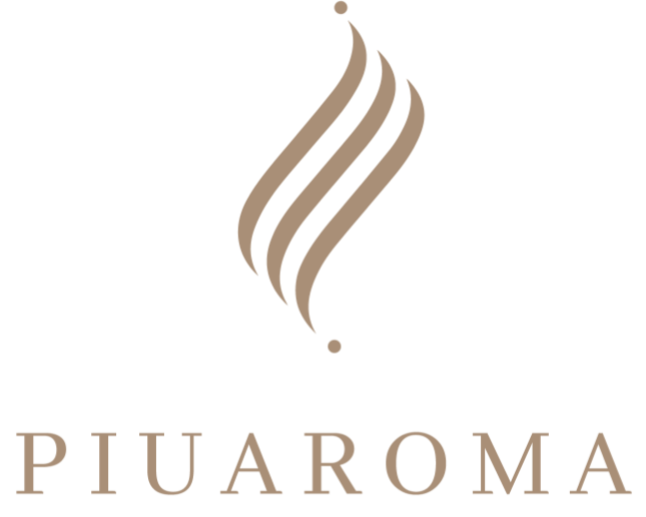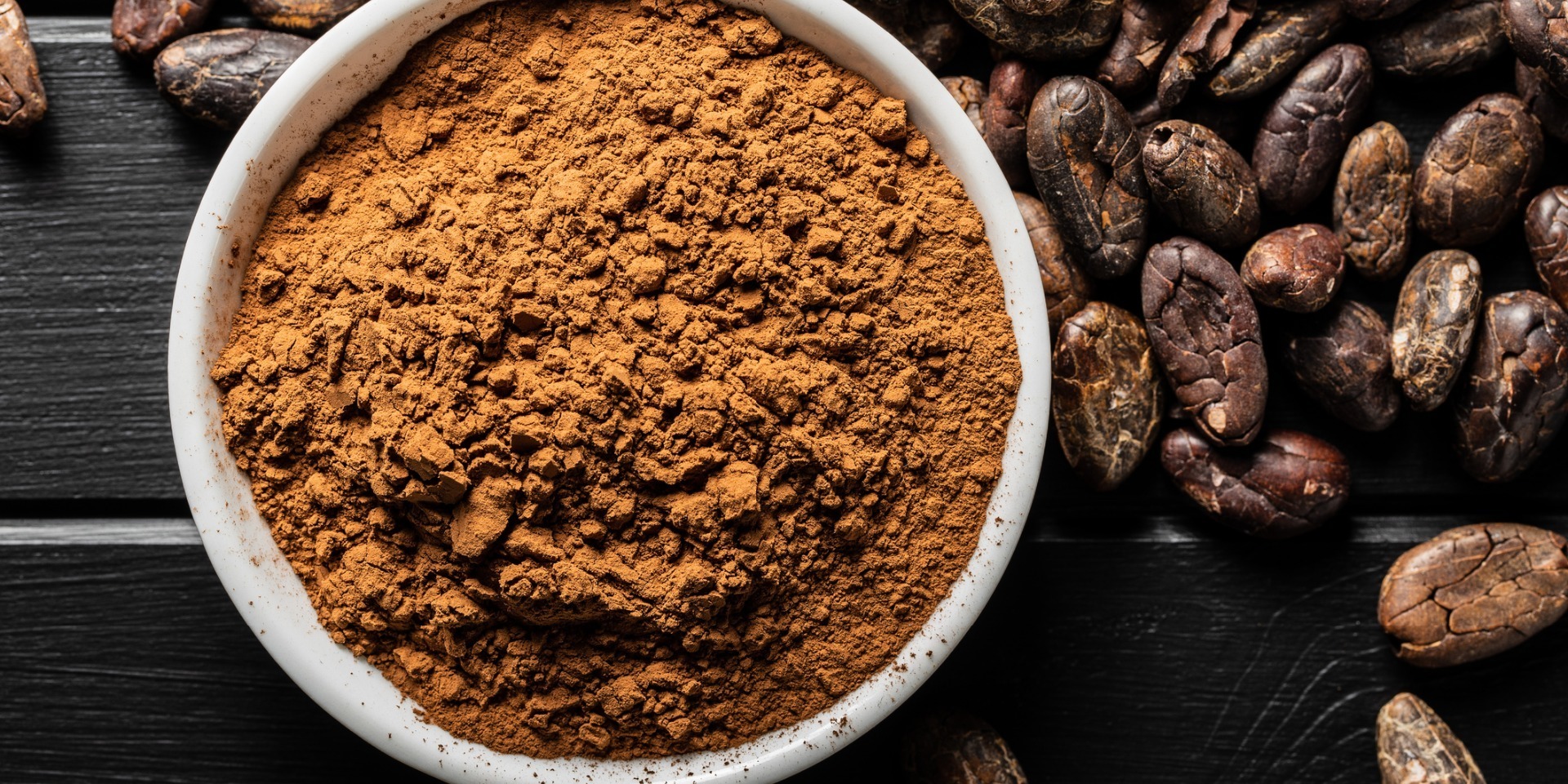Bringing the world of chocolate into your kitchen
Posted on 19th November 2021 at 15:12
We enjoy chocolate all year round. For kids, it can be an after school treat, whilst for adults, as days grow shorter, our appetite for cocoa and chocolate grows. The smell of freshly-baked brownies or hot chocolate on a cold winter’s night evoke the warmth and comfort of home. There's no denying that chocolate enhances our mood!
Sources of cocoa - oceans away
The cocoa bean is grown far from our shores. The main regions for growing cocoa are Southeast Asia, South America and Africa. Cacao trees thrive in tropical rainforests, benefiting from humidity, rich soil and protection from strong winds.
Cacao pods, the fruit of the cacao tree, contain between 30 and 50 beans each. Cacao is a natural product, obtained by grinding the cacao beans. The fattiest part of the cacao fruit is cacao butter, which is removed from the cacao bean during production.
Cocoa farms are frequently run by small-scale farmers and work is being undertaken to prioritise sustainability.
Where we source our cocoa
Venezuela: Venezuela, bounded by the Caribbean Sea and the Atlantic Ocean to the north, produces a highly prized single-origin chocolate, based on the varieties of clusters growing there.
Ecuador: Ecuador, whose coastline laps the Pacific Ocean, is another noteworthy source. Only 5% of cacao in the world is termed ‘Fine Aroma’. Ecuador produces over 60% of this category.
Peru: Peru is the world’s largest organic cacao producer.
Santo Domingo: Santo Domingo is a smaller producer and is home to a rare form of the cocoa tree.
Jamaica: The Caribbean island of Jamaica is where cocoa was traditionally used to make cocoa tea, which is reputed to have healing and health properties
Africa: There are also four West African countries that produce <a href="https://www.statista.com/statistics/263855/cocoa-bean-production-worldwide-by-region/">70%</a> of the world’s cocoa.
What’s in a word - cacao, cocoa and vegan friendly chocolate
The words ‘cacao’ and ‘cocoa’ are not truly interchangeable. There is a difference in the terms; cacao refers to cold-pressed unfrosted cocoa beans, whilst cocoa is cacao roasted at high temperatures.
Vegan chocolate is either dark chocolate or made with plant-based ‘milk’, such as rice, coconut or almond, instead of dairy milk. Vegan-friendly options are increasingly popular.
What percentage of cocoa will I find in my chocolate bar? Can it be 100% dark?
The highest percentage of cocoa in chocolate, described as ‘100% cocoa’, contains no added sweeteners and is very dark in colour. Dark chocolate is considered to be the healthiest option as it contains antioxidants and flavonoids, so it is sometimes referred to as a ‘superfood’.
Dark chocolate may be defined as containing between 50% and 90% of cocoa solids with cocoa butter and sugar. When buying a dark chocolate bar, a percentage of 70% or higher total cocoa content is normally preferred.
Milk chocolate contains between 10 - 50% cocoa solids with cocoa butter, milk and sugar.
At the other end of the scale lies ‘white chocolate’, which is made up of cocoa butter that is added to an emulsifier (lecithin), milk products, sugar and vanilla. It does not contain any cocoa solids.
Now that you have some knowledge of the origins of our chocolate, let us whet your appetite with our ethical products. We think that all chocolate lovers should be able to enjoy its guilt-free, delicious taste, whether you're looking for dairy or plant-based treats.
We work from ‘bean’ to ‘bar’ to create our quality products.
For wholesalers, we offer cocoa beans (unfrosted or roasted), cocoa paste and powder for bakeries. For home purchase, we offer hot chocolate, chocolate discs (or 'coins') and cacao paste.
If you're looking for something special, you can even opt for a bar of chocolate from our different sources from around the world, with different percentages of cacao available to suit any discerning palate.
We look forward to hearing from you!
Tagged as: Artisan Cacao, Single Origin
Share this post:






